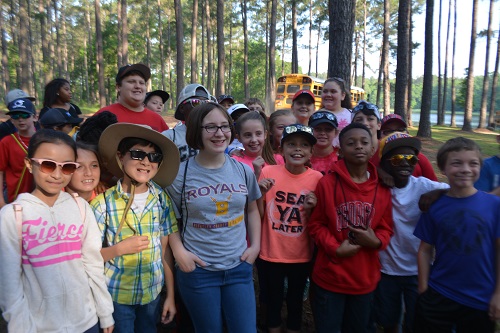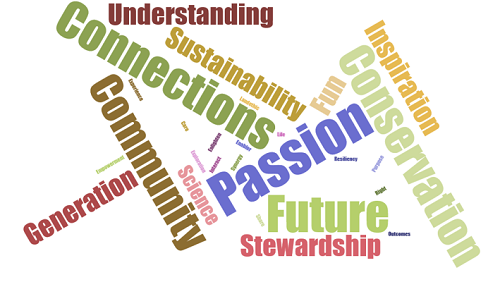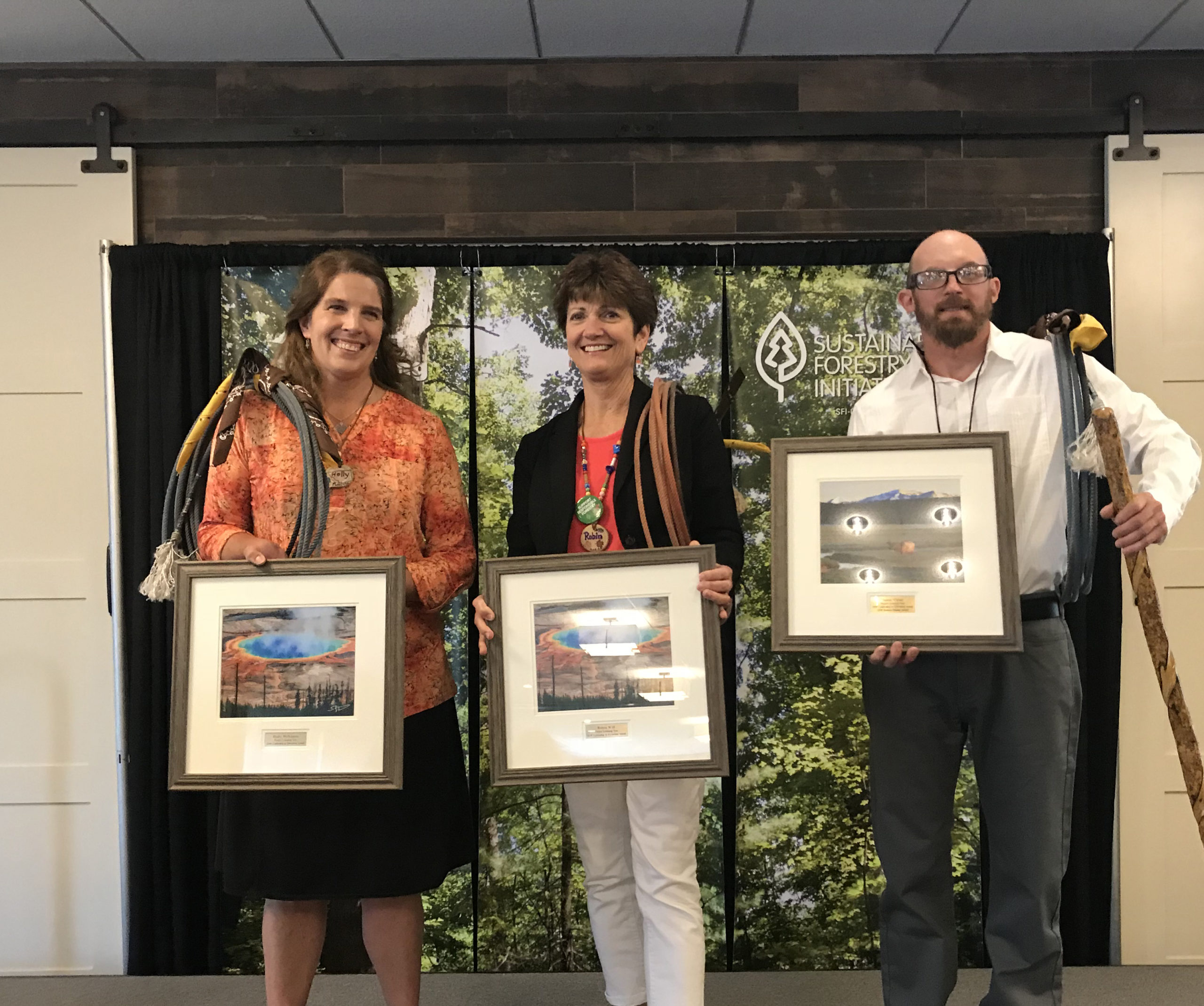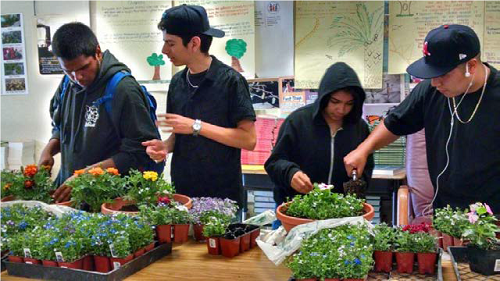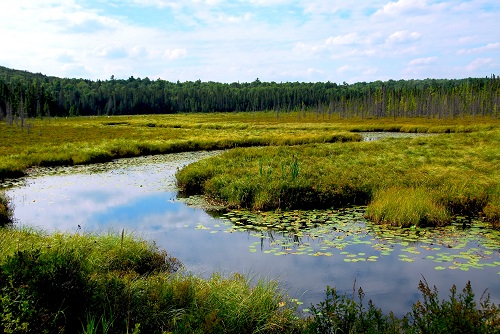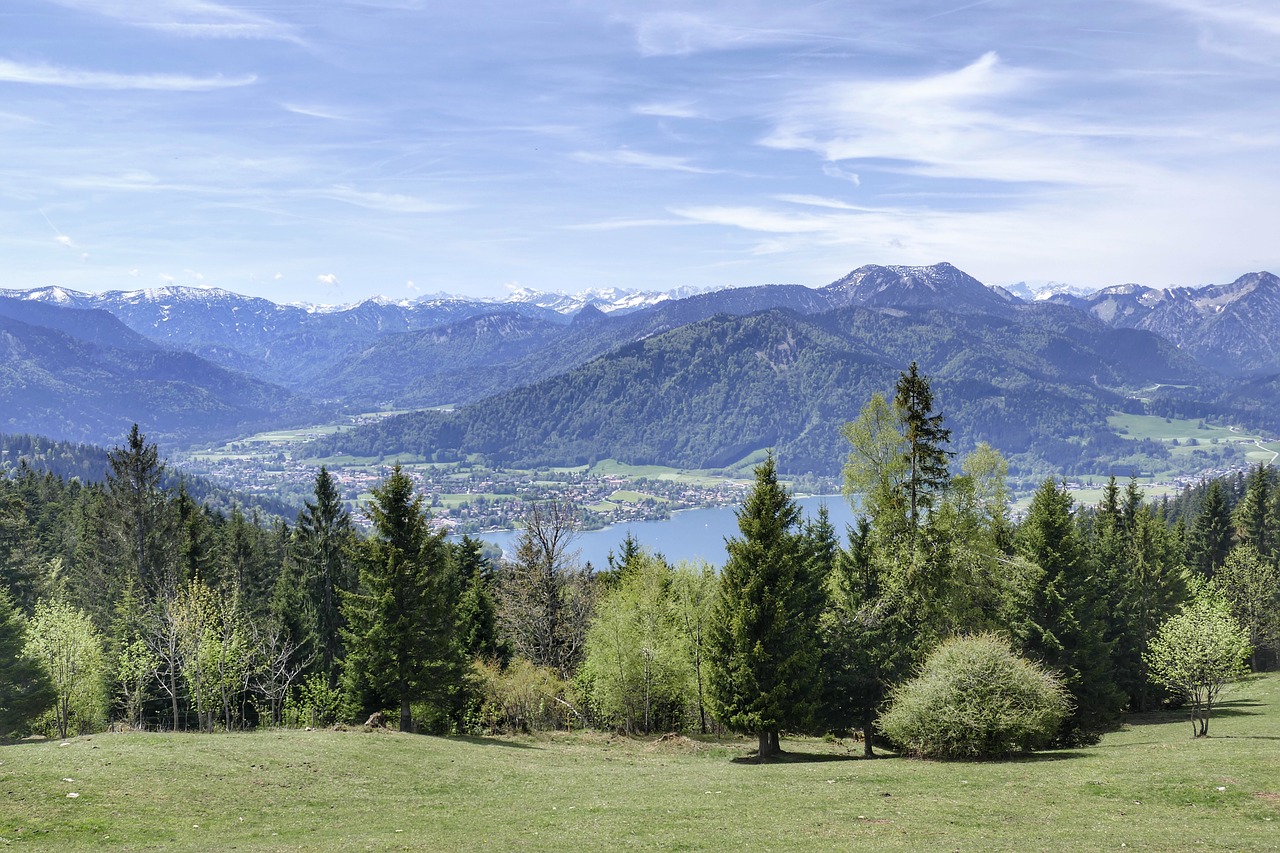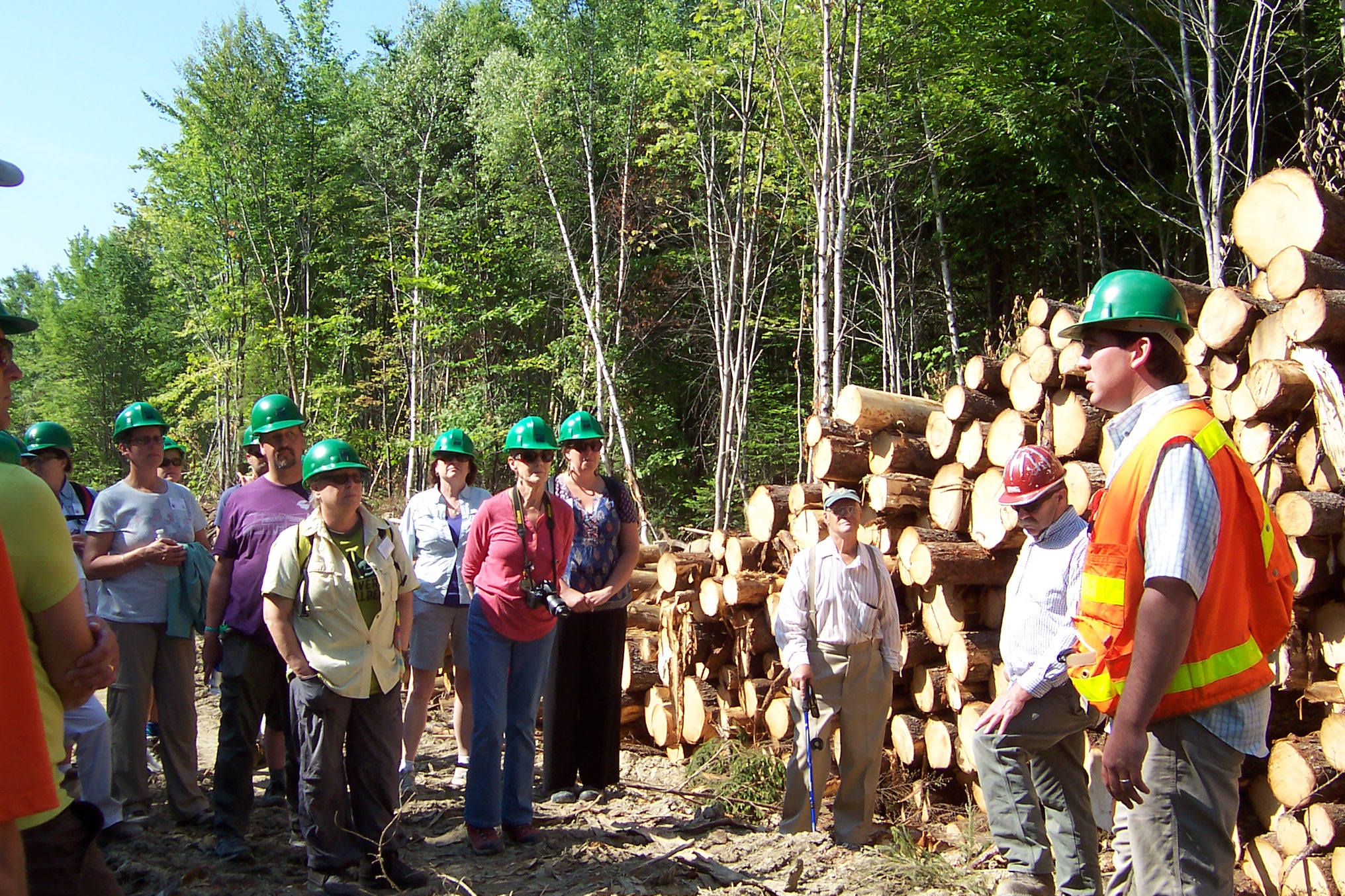June 21, 2018 | By Vanessa Bullwinkle | News
Teachers, kindergartners and 5th graders share their experiences using PLT activities like Every Tree for Itself, Tree Cookies, Renewable or Not, and Web of Life while on a field trip to Gully Branch tree farm in Georgia.
June 15, 2018 | By Vanessa Bullwinkle | News
The 2018 Project Learning Tree International Coordinators’ Conference was held June 4-7 in Cody, Wyoming. Now in its 32nd year, our annual conference provides professional development, networking, and information about new initiatives to PLT’s partners who deliver high quality environmental education programming to educators across the country and internationally, too. A New Home with… Read more »
June 5, 2018 | By Vanessa Bullwinkle | News
PLT’s new Leadership in Education Award is designed to recognize individuals and partners who have made significant contributions to support PLT programs and initiatives at the state-level. Join us in celebrating this year’s winners and honorees who represent our diverse network and all those who help sustain and grow PLT state programs.
May 31, 2018 | By Vanessa Bullwinkle | News
The awards acknowledge the students, teachers, and school administrators who are working to improve the sustainability, health, and safety of school facilities; ensure nutrition and fitness practices; and engage students in real-world learning.
May 31, 2018 | By Mark Haskell | STEM Strategy
February 2 is World Wetlands Day! Use these ideas to engage middle school students in STEM as they explore wetlands and learn about why they are important.
May 18, 2018 | By Tammy Brown | Educator Tips, Getting Started
These stories will not only help students learn about trees, but more importantly, appreciate their significance and value. These books can help start a conversation about our relationship with nature, conservation, and life cycles.
May 15, 2018 | By Project Learning Tree | EE Resource
For honey bees to produce honey, they consume pollen and nectar from a variety of flowers. Honey bees are attracted to gardens and fields that offer a variety of flowering vegetation. In addition, they need water. Kim Flottum, editor of the Bee Culture magazine, writes in his book The Backyard Beekeeper: An Absolute Beginner’s Guide to… Read more »
May 8, 2018 | By Vanessa Bullwinkle | News
This in-depth professional development includes critical thinking, lesson planning, time outdoors, and lots of resources to incorporate teaching about forests and forestry into your classroom.
May 3, 2018 | By Project Learning Tree | EE Resource
Composting is easy, especially if you are already working with your students on a school garden. A Guide to Setting up a Simple Backyard Compost System explains where to place it, what you can and can’t put in it, and the necessary steps you need to take to be successful to create “black gold.”
May 3, 2018 | By Project Learning Tree | EE Resource
Designed by the National Center for Atmospheric Research and the University Corporation for Atmospheric Research, Kids’ Crossing engages students in grades 5-9 in learning about atmospheric and Earth science content with activities, games, and factsheets. For example, students can make a cloud, make a tornado in a bottle, dissect hailstones, and create homemade lightning using this Atmospheric Science… Read more »
